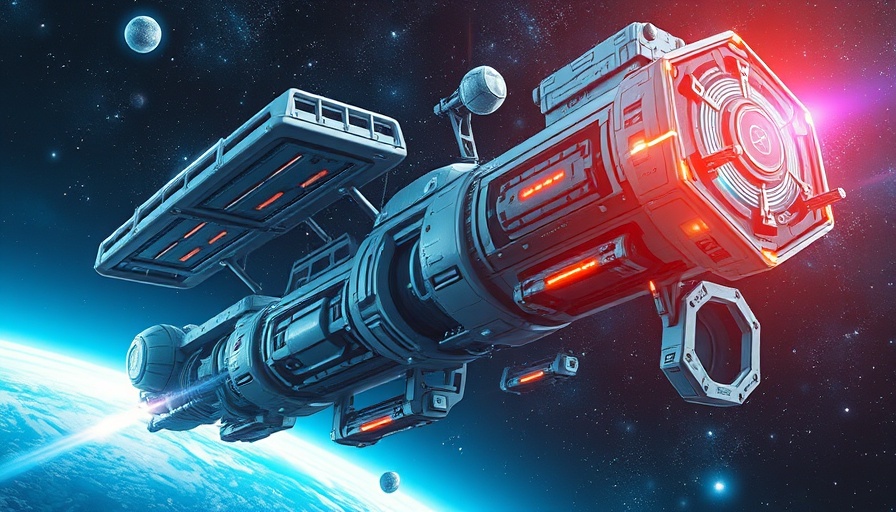
Understanding Quantum AI: A New Era of Intelligence
In the exploration of emerging technologies, few concepts resonate as profoundly as quantum computing and artificial intelligence (AI). The merging of these two fields is not just a possibility; it is a revolutionary shift that could change how we understand and interact with the world. Quantum AI represents a monumental leap in artificial intelligence development, combining the unrivaled computational power of quantum computing with advanced AI algorithms to accelerate technological growth.
In 'Quantum & AI: Revolutionizing Our Reality – Full Documentary,' the discussion dives into the integration of quantum computing with artificial intelligence, exploring key insights that sparked deeper analysis on our end.
What is Quantum AI?
Quantum AI fuses the principles of quantum mechanics with AI. Traditional AI relies on classical computing, which can be time-consuming and resource-intensive. In contrast, quantum computers, leveraging qubits that can represent multiple states simultaneously, can process vast amounts of data at lightning speeds. This capability allows quantum AI systems to solve complex problems efficiently, transforming industries from healthcare to finance.
Enhanced AI Capabilities Through Quantum Computing
One of the most exciting implications of quantum AI is its capacity to enhance machine learning. Current AI systems often require extensive data and time to train on models. However, quantum computing can streamline this process significantly, enabling faster and more sophisticated modeling. This acceleration allows researchers to experiment with new algorithms and approaches that were previously impractical due to computational limits.
Applications of Quantum AI: Transforming Industries
The integration of quantum AI has the potential to revolutionize numerous fields:
- Healthcare: Quantum AI could analyze complex medical data to enhance diagnostics and treatment plans, leading to earlier disease detection, more effective therapies, and personalized healthcare solutions.
- Finance: Investors could utilize AI to predict market trends with enhanced precision, optimizing strategies and minimizing risks.
- Logistics: Quantum-powered AI could optimize supply chain management, significantly reducing transportation costs and increasing efficiency.
Implications for Future Technology
Beyond immediate applications, quantum AI holds potential for future advancements that can change human experiences. Imagine a world where AI can simulate human cognition and even collaborate with humans in creative processes. The ethical implications of such advancements would spark vital discussions about AI's role in society, requiring frameworks to ensure these technologies are used responsibly.
Economic Impact of Quantum AI
The economic implications of implementing quantum AI are profound, as businesses that leverage these technologies could experience cost reductions and increased productivity. The projected economic contribution of AI alone is significant, with experts estimating trillions added to the global economy by 2030. As quantum AI becomes more accessible, we could see a democratization of technological capabilities, allowing businesses of all sizes to innovate competitively.
Conclusion: Embracing the Future of Quantum AI
The discussions surrounding the combination of quantum computing and AI illustrate a significant shift in technological advancement, with profound implications for nearly every aspect of our lives. As we embrace these technologies, it is crucial to foster a thoughtful dialogue on their ethical use and societal impact.
If you’re an enthusiast eager to delve deeper into the intersection of technology and its societal implications, consider exploring opportunities to engage further with quantum AI initiatives in your community or through online platforms.
 Add Row
Add Row  Add
Add 




Write A Comment